*NURSING > STUDY GUIDE > NR 509 Unit 1 Exam study guide (spring 2020) - Chamberlain College (All)
NR 509 Unit 1 Exam study guide (spring 2020) - Chamberlain College
Document Content and Description Below
NR 509 Unit 1 Exam study guide (spring 2020) - Chamberlain College Biology II - Unit 1 Study Guide CH 22: Descent with Modification – A Darwinian View of Life • What is the simplest definition ... of evolution? o Descent with modification o Change in the population gene frequencies over time • What does evolution help us explain? o The adaptations of organisms o The unity and diversity of life • What are the major points of evolution? o Species change over time o All organisms share common ancestors with other organisms o Evolutionary change is gradual and slow • What are the assumptions of natural selection? o Variation- Members of a population exhibit variation in appearance and behavior o Inheritance- Some traits are consistently passed on from parent to offspring; heritable o Overproduction - More offspring are produced than the environment can support; creates struggle to survive o Differential survival and reproduction- Individuals possessing traits well-suited to environment (adaptations) will contribute more offspring to the next generation • Why are the assumptions of natural selection important? o Natural selection is the primary mechanism of evolution; it causes changes in the traits of organisms within a population from generation to generation o If one of the assumptions does not occur, then the trait does not experience natural selection • What does descent with modification by natural selection explain? o The adaptations of organisms o The unity and diversity of life o All species are descended from one or a few original forms of life, closely related species diverged from ancestors by accumulation of slightly different traits over time • What ideas pre-dated Darwin’s? Explain them o Aristotle- “The Great Chain of Being” (scala naturae): static universe where living organisms were created initially and then remained essentially unchanged, these ideal species were arranged hierarchically, higher to lower forms of being o Traditional Judeo-Christian- Species were designed by God and therefore perfect o Carolus Linnaeus- Systema Naturae: developed binomial nomenclature and taxonomic classification, described life in nested system grouped by similarities, unchanging order of life, each species designed for a specific purpose o Georges Cuvier- Catastrophism: first to recognize extinction, different strata – different fossils (strata represent time), catastrophes altered landscape and killed off life, repopulated by immigration from other areas o James Hutton- Gradualism: change occurs through slow but continuous cumulative effect; change over time o Charles Lyell- Uniformitarianism: processes operating in the past are the same as those in the present o Robert Malthus- “An Essay on the Principle of Population”: overproduction – plants and animals produce more offspring than can survive, struggle to survive – population growth will outstrip food supply o Jean-Baptiste Lamarck- first real theory on how life changes over time: use and disuse, inheritance of acquired traits • Who influenced Darwin’s thought processes as he developed his theory? o Robert Malthus- “An Essay on the Principle of Population”: overproduction – plants and animals produce more offspring than can survive, struggle to survive – population growth will outstrip food supply o James Hutton- Gradualism: change occurs through slow but continuous cumulative effect; change over time • What factors promote selection in populations? o Variation among individuals of the same population o Adaptation among related species • How do we synthesize evolution today? o Populations evolve, not individuals o Natural selection can only increase or decrease traits that vary in a population o Accumulation of small changes over long periods of time • What evidence do we have for evolution’s occurrence? o Direct observation: antibiotic resistance in bacteria o Homology: ♣ Homologous structures: similar structures in related organisms, inherited from a common ancestor ♣ Vestigial structures: remnant structures that were of some value to ancestor’s ♣ Molecular homologies: similarity in amino acids among vertebrate hemoglobin ♣ Analogous structures: similar structures in unrelated organisms, not inherited from common ancestor but evolved to do the same job o Fossil record: transitional fossil forms consistent with major branches of descent in tree of life o Biogeography: geographic distribution of species, different species in different regions exhibit similar adaptations to local environments, influenced by continental drift and plate tectonics CH 23 Evolution of Populations • What is a population? - - - - - - - - - - - - - -What is taxonomy? o The principles of classification o How organisms are named and classified • Why is taxonomy important? o The classification of organisms shows the relationship between the organism and its contemporaries o Each species is assigned a unique name o Systematists can easily specify the closest relatives of any species o Each species has a universal name regardless of language barriers among scientists • How does taxonomy work? o Binomial nomenclature: 2-part Latin name, genus (capitalized) and species (lowercase) written in italics o Hierarchical classification: group of related species nested together into same genus, related genera, into families, etc. (Domain, Kingdom, Phylum, Class, Order, Family, Genus, Species) • How would you write the scientific name of a particular organism? How would you type it? o Written: Genus (capitalized) and species (lowercase), underlined o Typed: Genus (capitalized) and species (lowercase), italicized • What is hierarchical classification, and why do we use it? o Group of related species nested together (Domain, Kingdom, Phylum, Class, Order, Family, Genus, Species) o Categories within taxonomic classification are arranged in increasing specificity o Illustrates patterns of descent and shared characteristics • How do we use phylogenetic trees? What use do they have? o Focus on shared features from common ancestry ♣ Homologies: phenotypic and genotypic similarities due to shared common ancestry o Cladistics: groups organism by common descent, ancestral species, and all its descendants • What are ways in which phylogenetic trees can be constructed and read? o Identify characters that are newly evolved (derived) and shared among groups o Use shared derived characters (synapomorphies) to identify clades (an ancestor and all its descendants; they share characters due to shared ancestry) o Use clades to create a phylogeny (shows pattern of descent not phenotypic similarity) o Phylogenetic trees can be read like a map of evolutionary history • How could you use one of these trees to find a common ancestor for two species? o Look for homologies: shared features from common ancestor o Follow tree back to a point where they both diverge from • What are sister and basal taxa? o Sister taxa: share immediate common ancestor o Basal taxa: lineage that diverged early in group history • What is a clade? o Specific group that includes a common ancestor and all of its descendants o Monophyletic clade: valid clade that consists of ancestor species and all its descendants o Paraphyletic clade: ancestral species and some, but not all of the descendants o Polyphyletic clade: includes closely related species but doesn’t include their most recent common ancestor • How are cladograms used? o Diagram used in cladistics which shows relations among organisms o Cladograms show the characteristics that the organisms have acquired or lost throughout time that gave rise to different species • What are homologous and analogous structures? What insight do they give us? o Homologous structures: similar structures in related organisms, inherited from common ancestor o Analogous structures: similar structures in unrelated organisms, not inherited from common ancestor but evolved to do the same job, example of convergent evolution o Evidence of natural selection in action [Show More]
Last updated: 1 year ago
Preview 1 out of 14 pages
Instant download
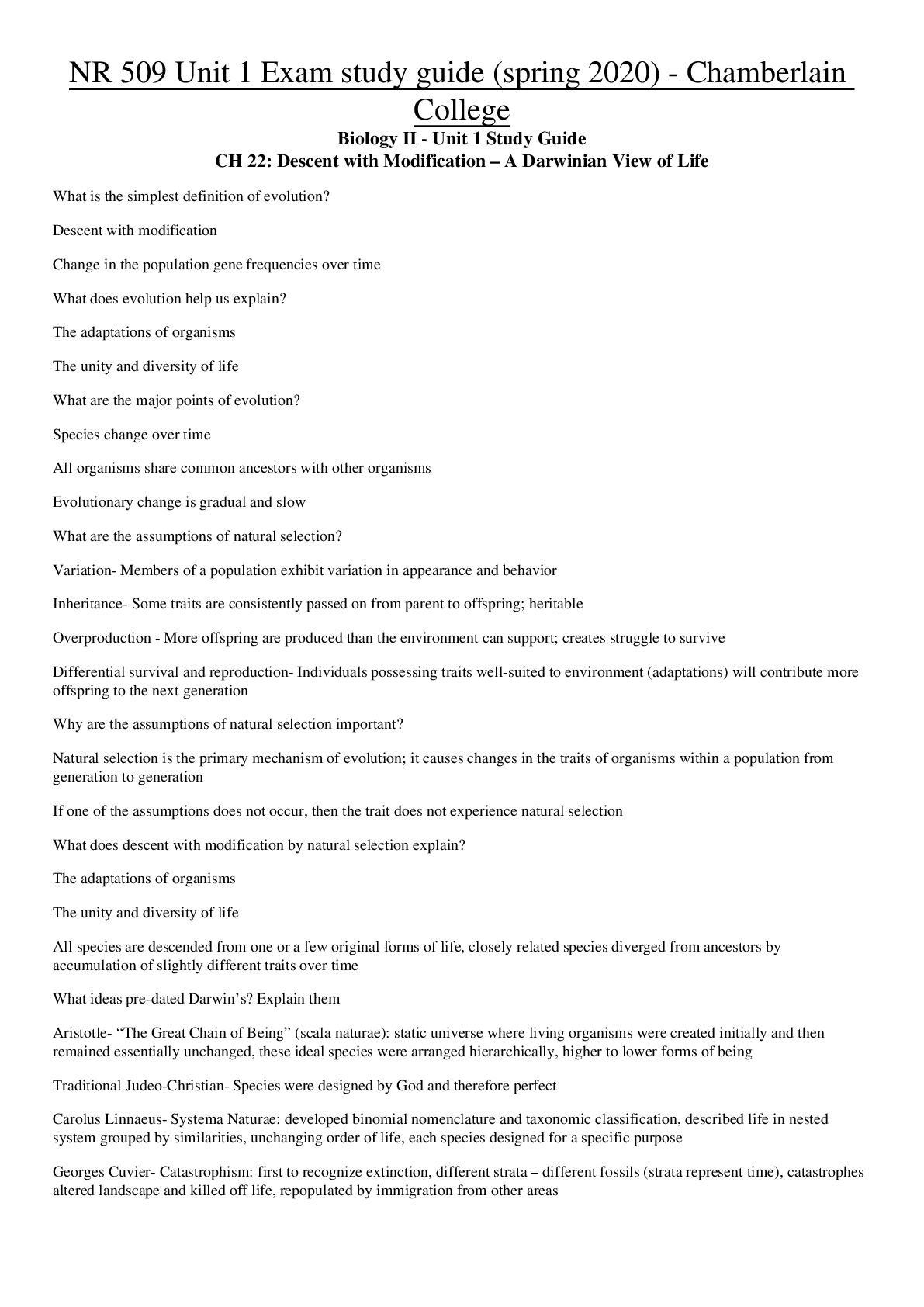
Instant download
Reviews( 0 )
Document information
Connected school, study & course
About the document
Uploaded On
May 19, 2020
Number of pages
14
Written in
Additional information
This document has been written for:
Uploaded
May 19, 2020
Downloads
0
Views
45

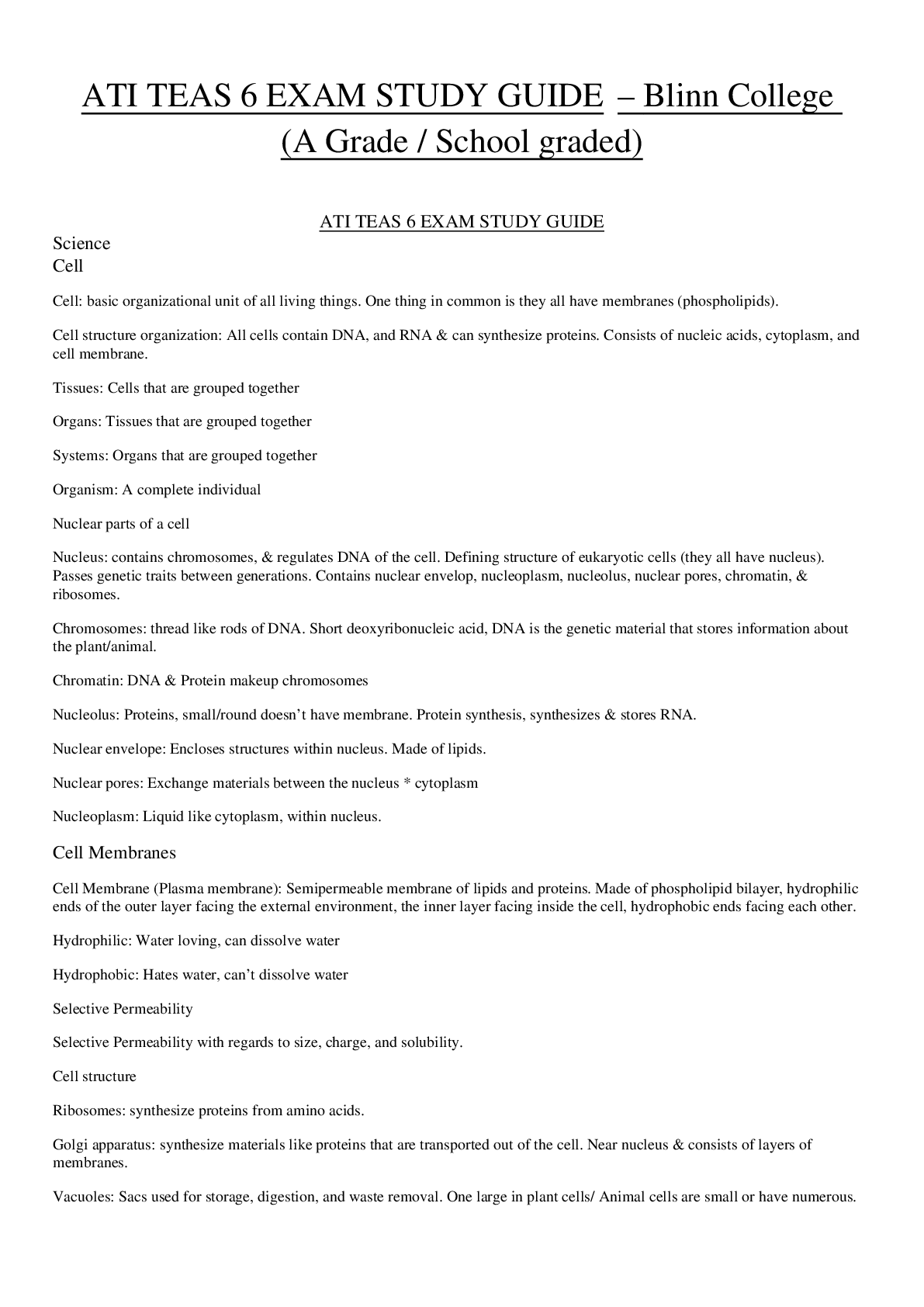


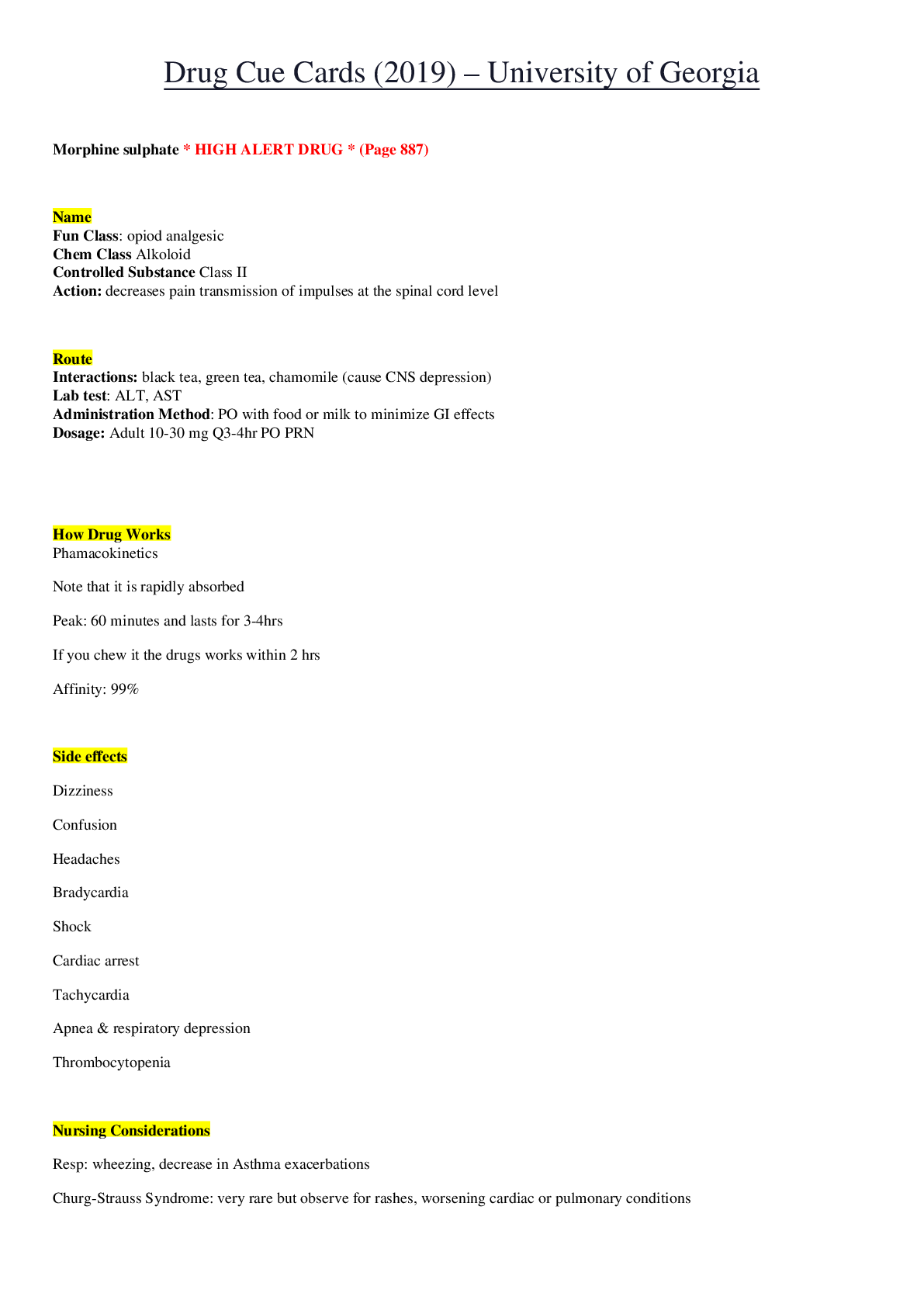


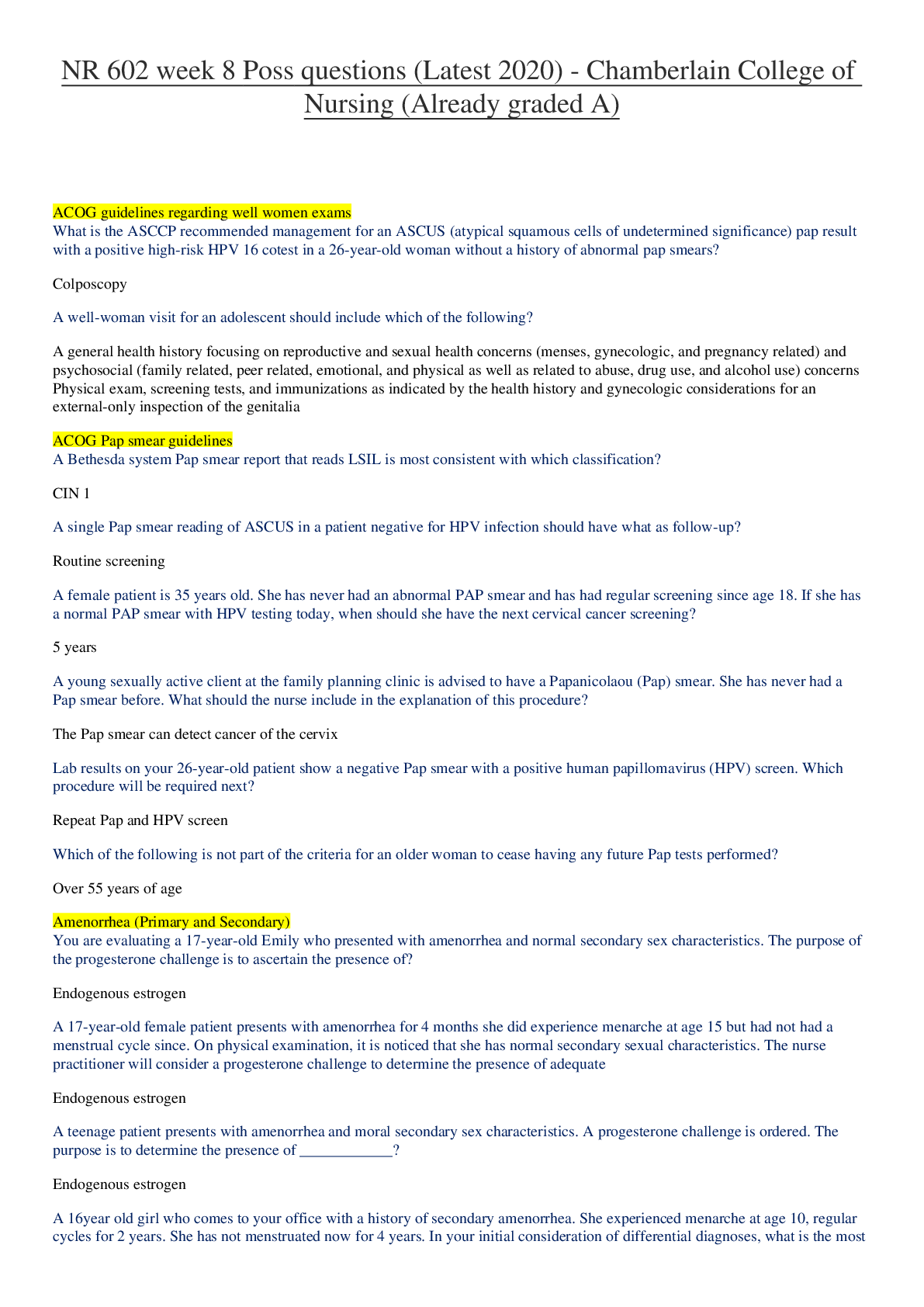
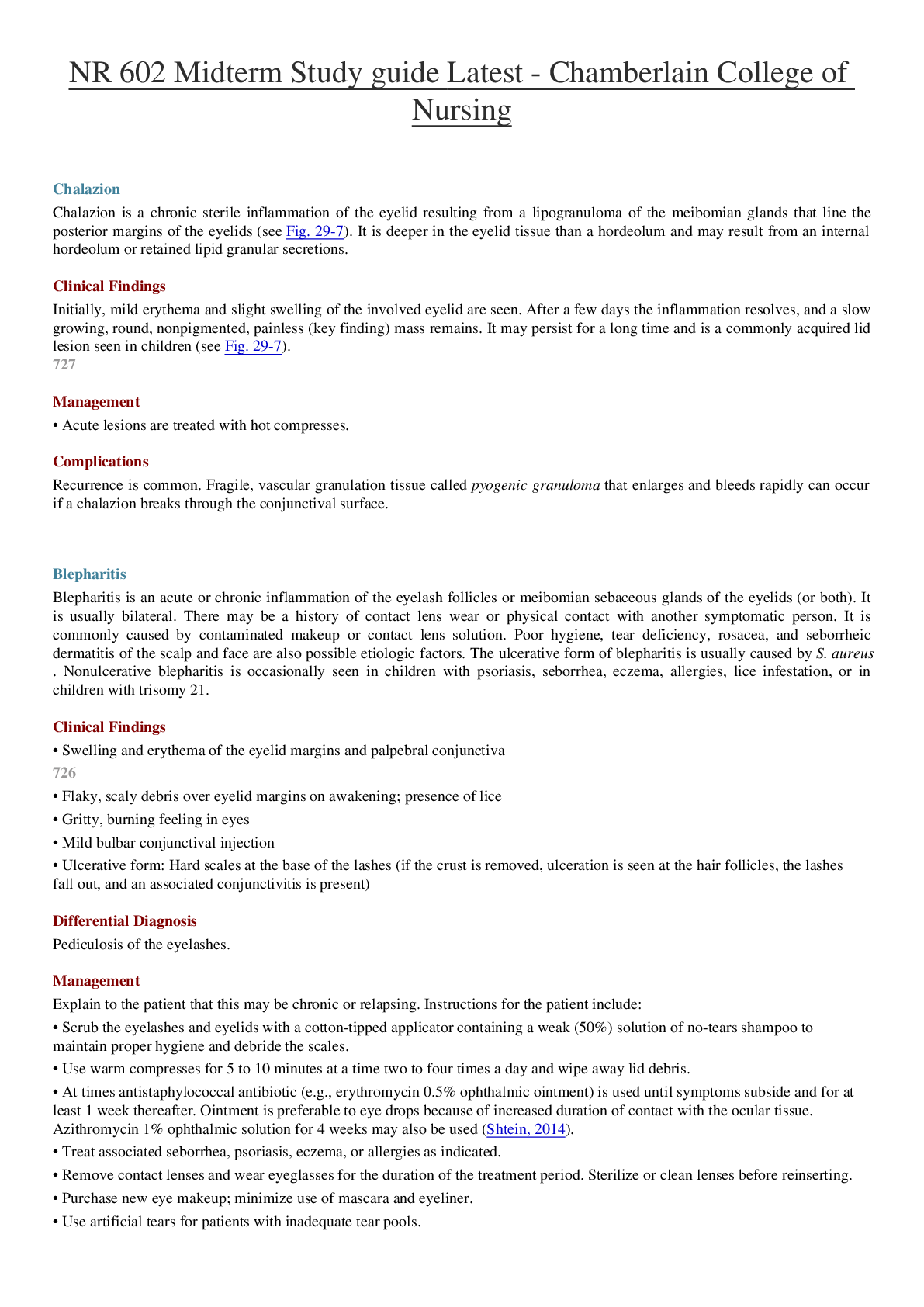
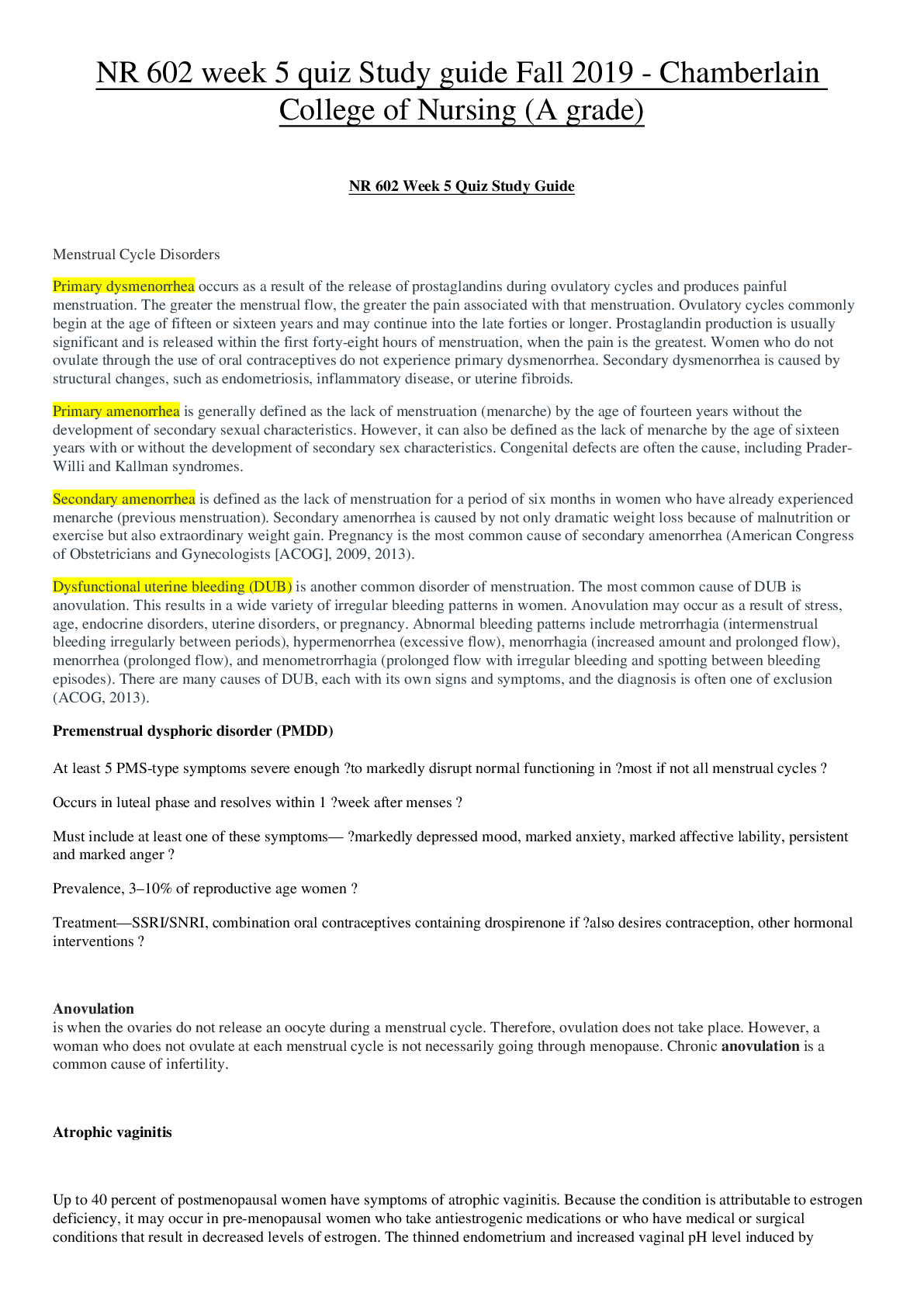
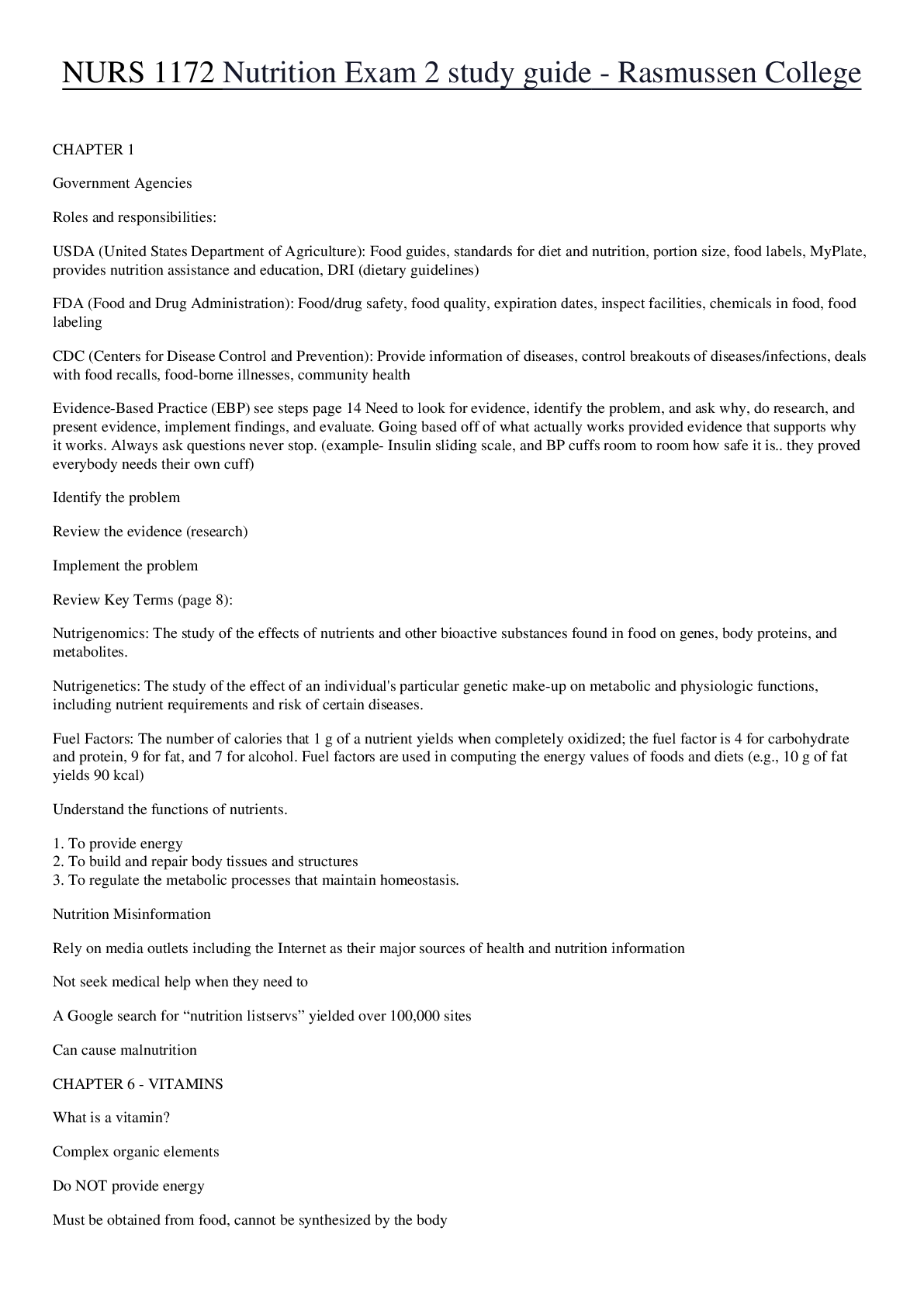

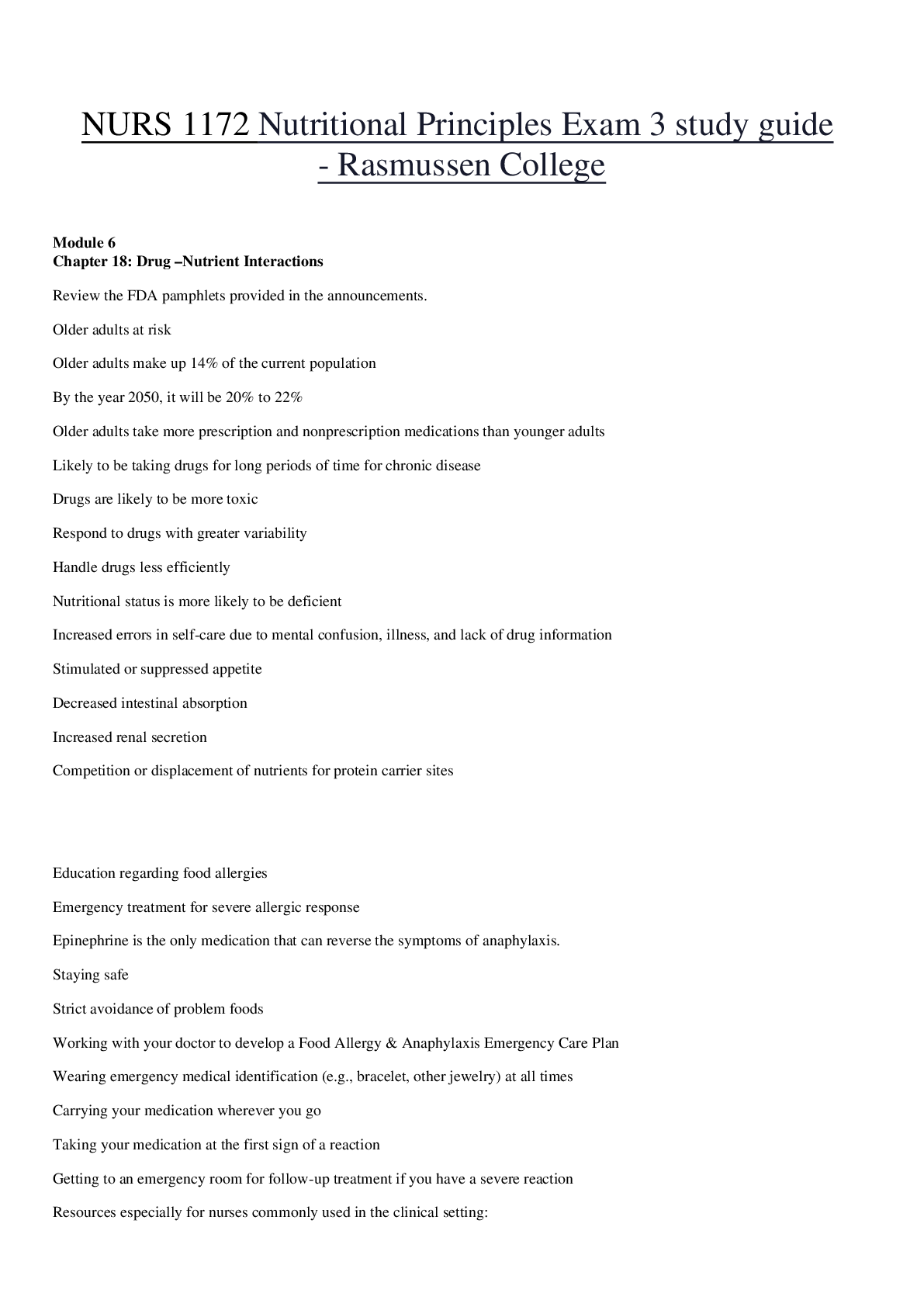

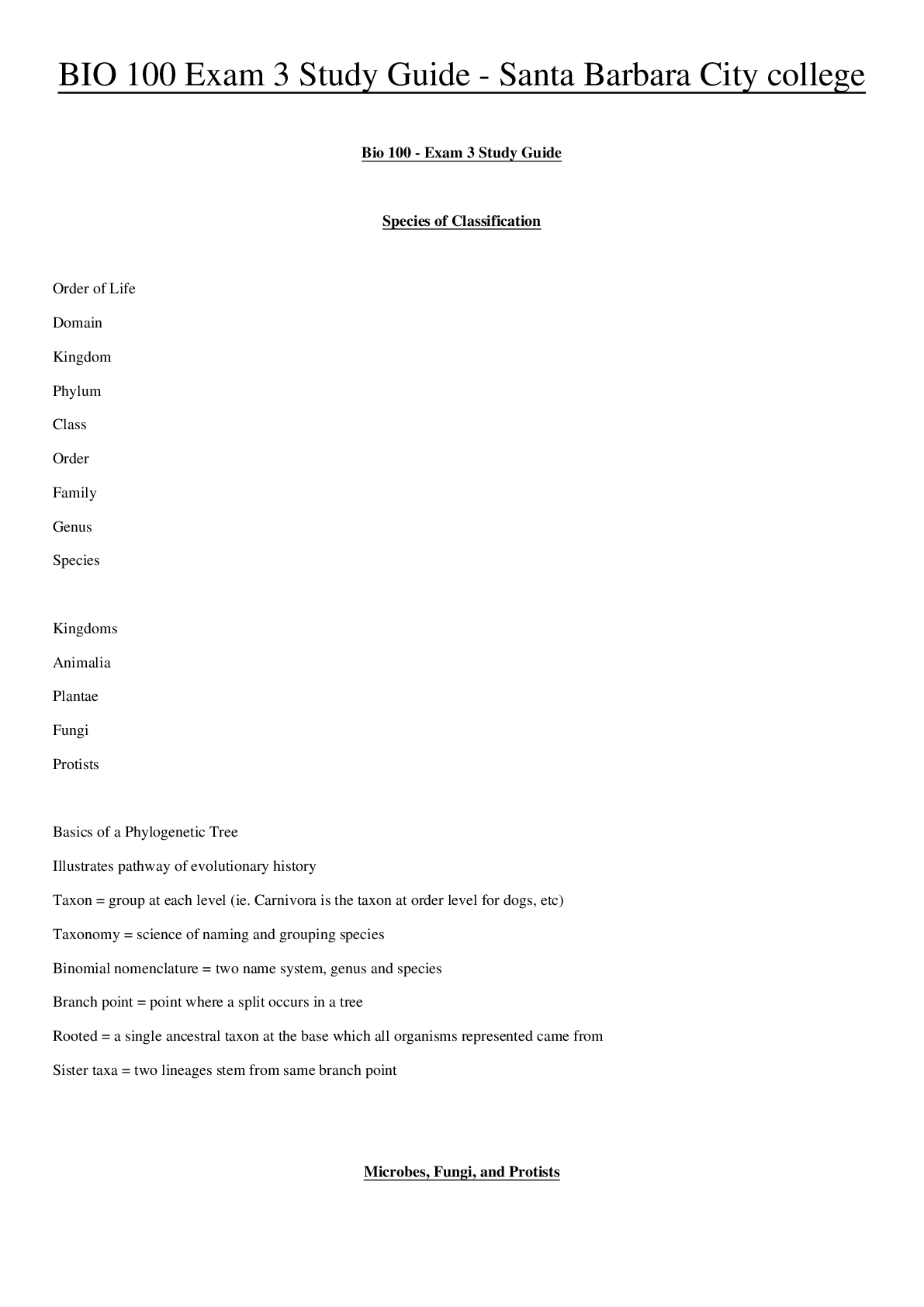
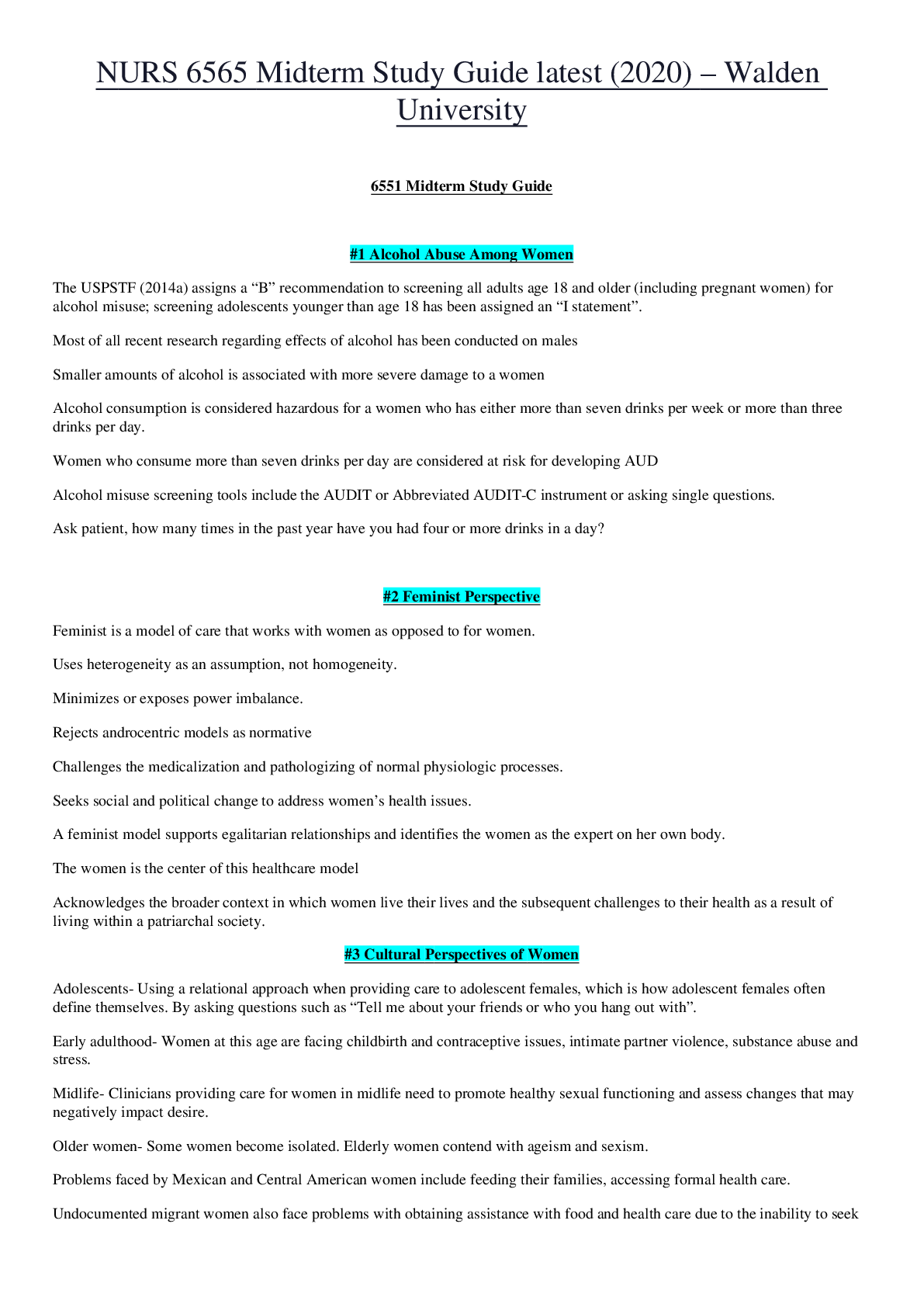
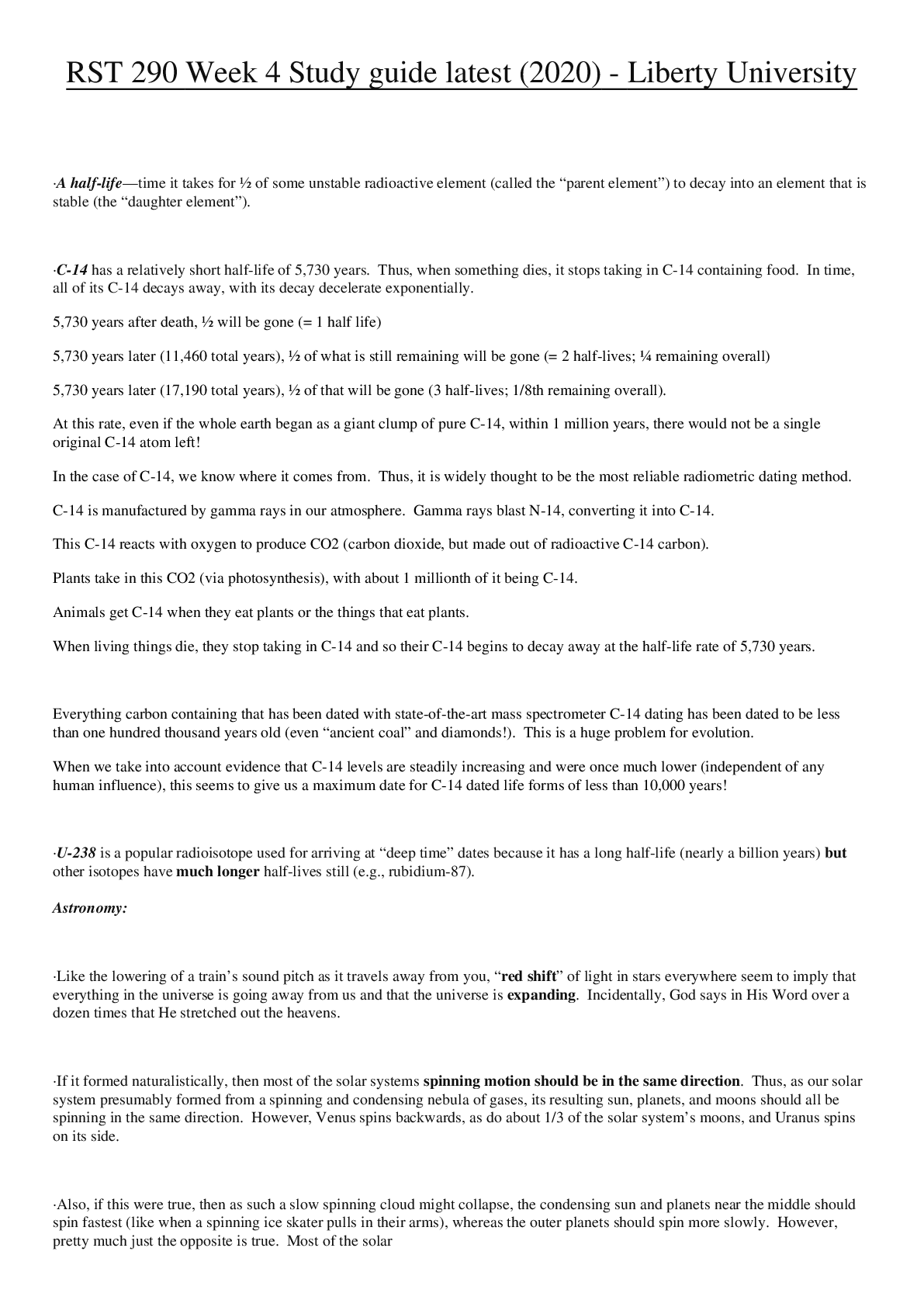

.png)

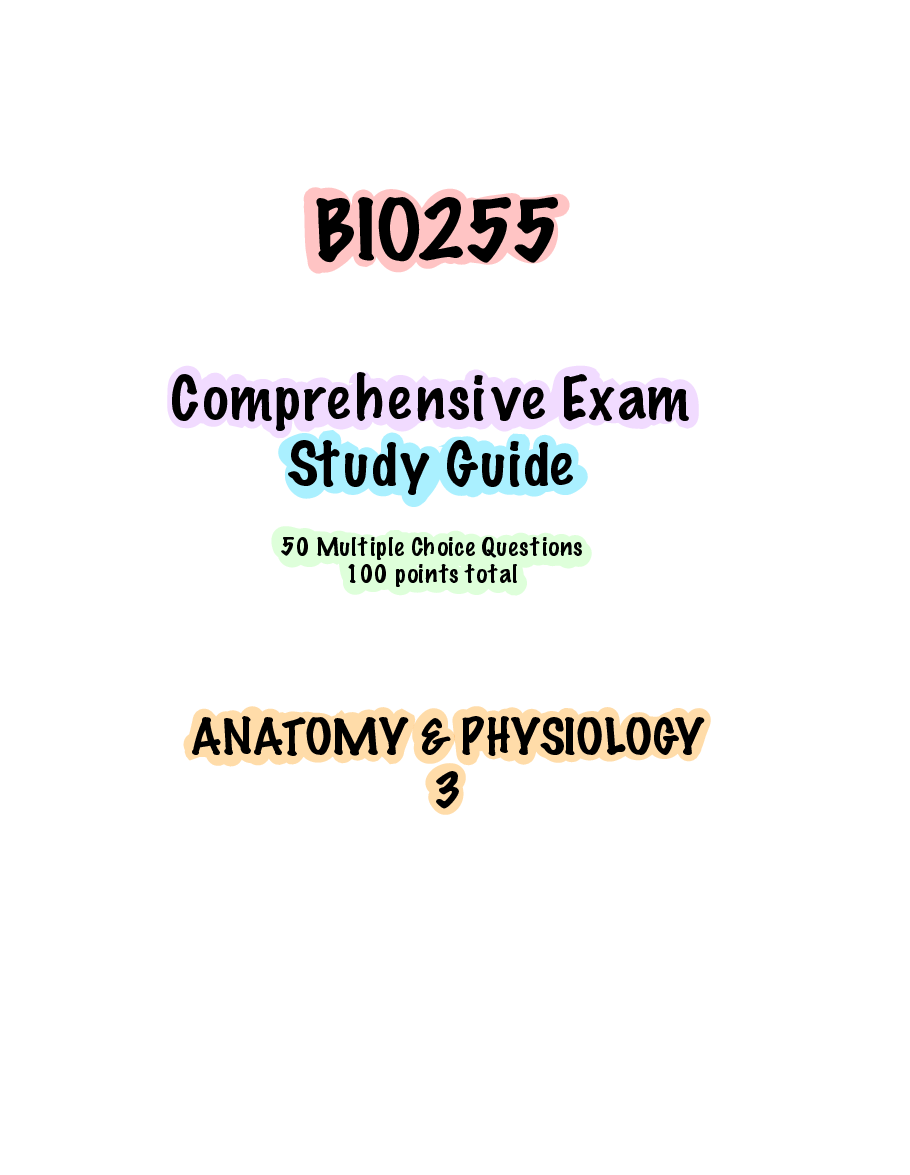

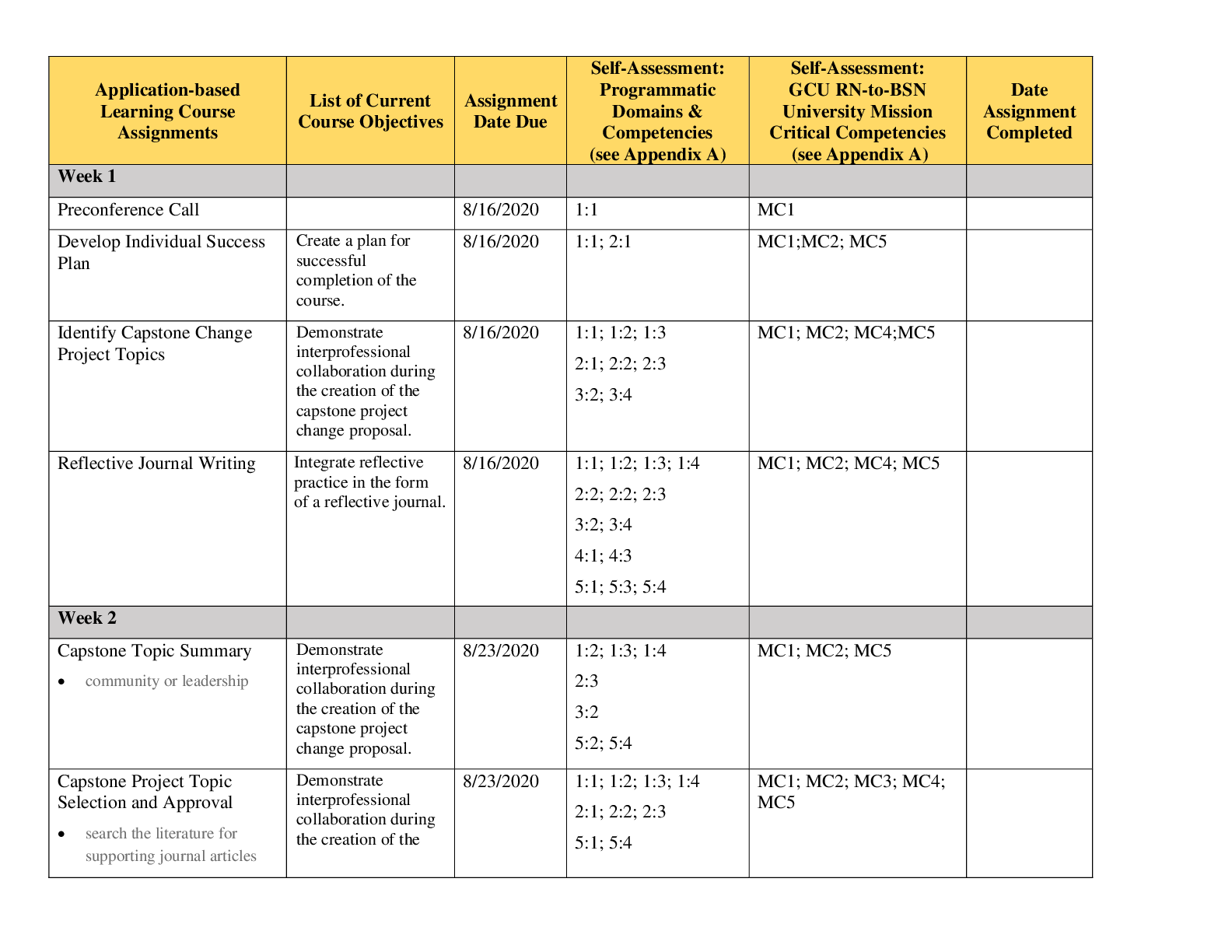






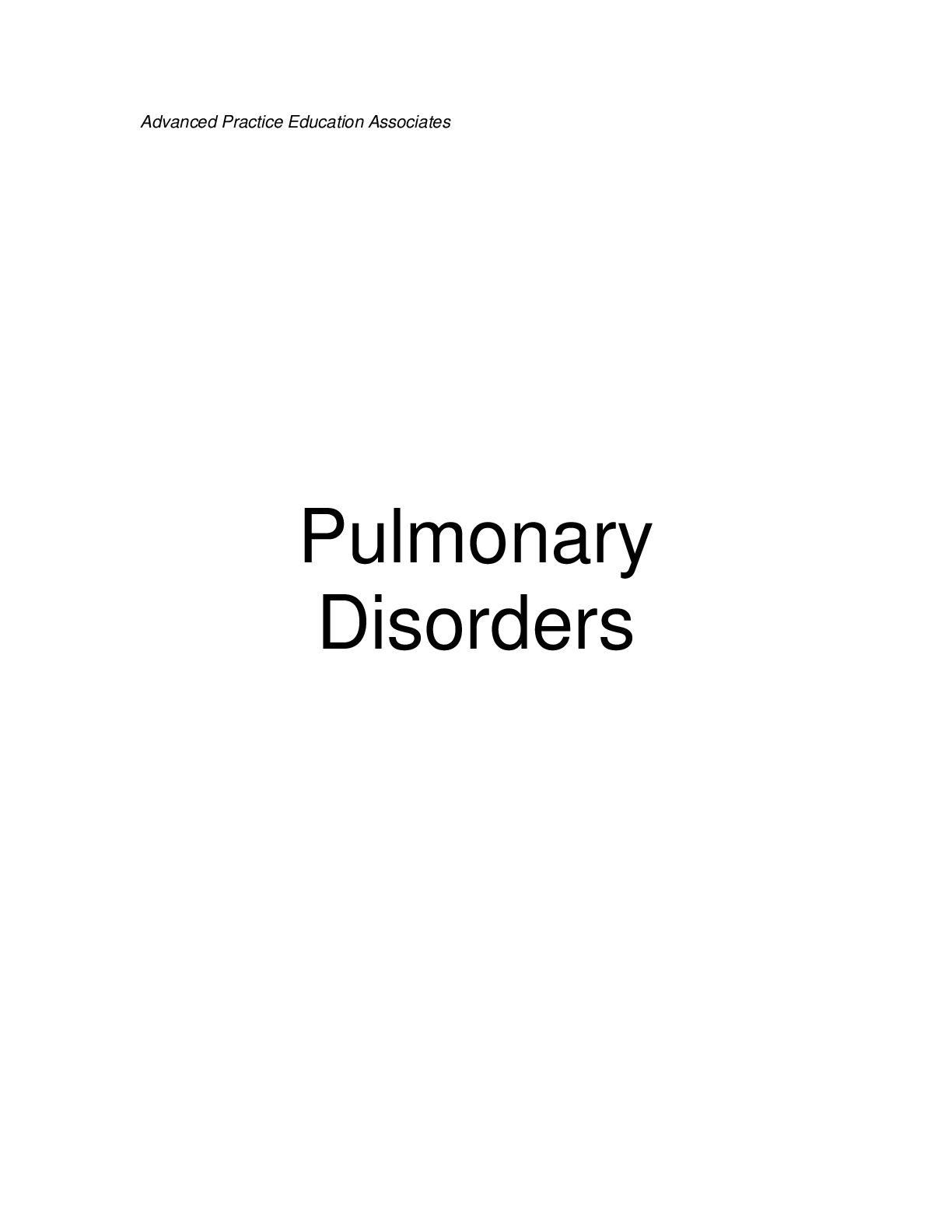
.png)





